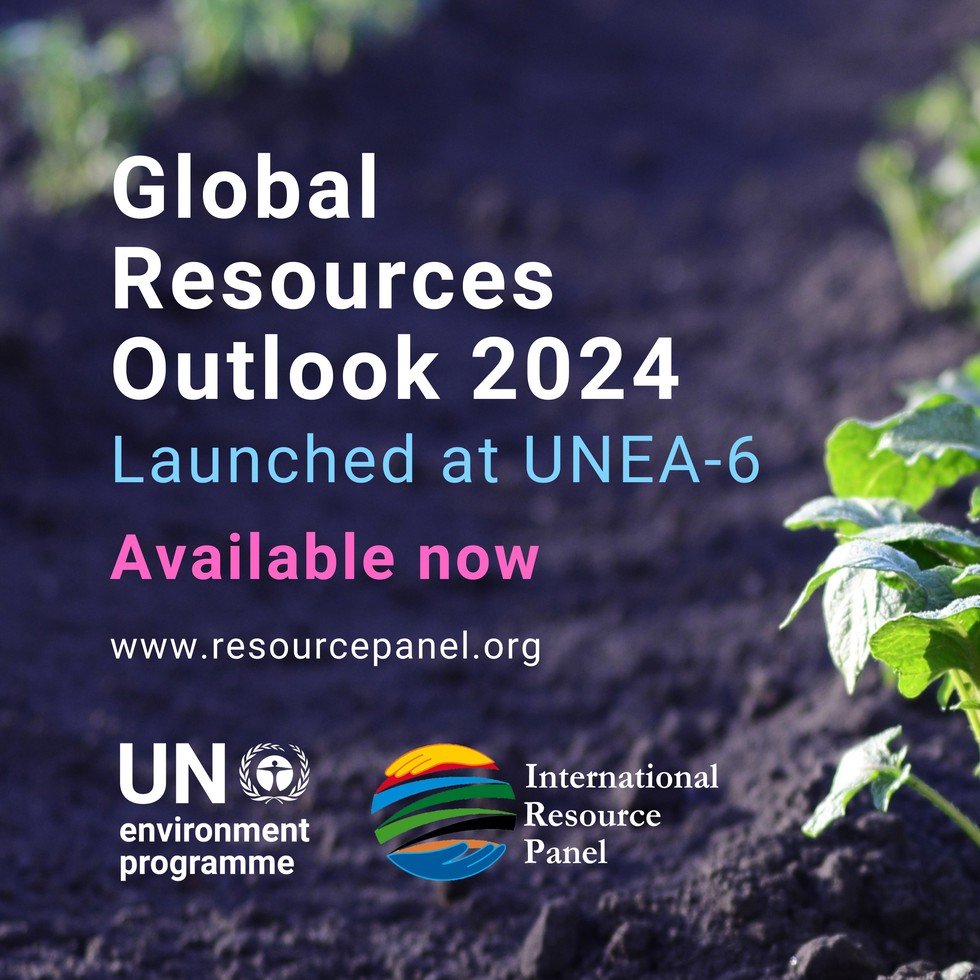
Global Resource Outlook

05-03-2024
Global Resource Outlook
|
For Prelims: About Global Resource Outlook, Highlight of the report |
Why in the news?
The Global Resource Outlook 2024 was launched recently on the final day of the Sixth United Nations Environment Assembly (UNEA-6) at UNEP Headquarters in Nairobi, Kenya.
About Global Resource Outlook:
- It is the flagship report of the International Resource Panel of the United Nations Environment Programme.
- This year’s report sheds light on how resources are essential to the effective implementation of the Agenda 2030 and multilateral environmental agreements to tackle the triple planetary crisis.
- It brings together the best available data, modelling and assessments from 180 countries, seven world regions and four income groups, to analyze trends, impacts and distributional effects of resource use.
|
The triple planetary crisis refers to the three main interlinked issues that humanity currently faces: climate change, pollution and biodiversity loss. Each of these issues has its own causes and effects and each issue needs to be resolved if we are to have a viable future on this planet. |
Highlight of the report
- It presents a stark picture of global inequality, where low-income countries consume six times less materials compared to wealthy countries, despite generating 10 times less climate impacts.
- Global production and consumption of material resources has grown more than three times over the last 50 years, growing at an average of more than 2.3 per cent a year, despite the increase being the main driver of the triple planetary crisis.
- The consumption and use of resources is largely driven by demand in upper income countries.
- The extraction and processing of material resources including fossil fuels, minerals, non-metallic minerals and biomass accounts for over 55 percent of greenhouse gas (GHG) emissions and 40 percent of particulate matter poisoning the environment.
- The extraction and processing of agricultural crops and forestry products accounts for 90 per cent of land-related biodiversity loss and water stress and a third of GHG emissions.
- The extraction and processing of fossil fuels, metals and non-metallic minerals including sand, gravel and clay account for 35 per cent of global emissions.
- Despite this, resource exploitation could increase by almost 60 per cent from 2020 levels by 2060 from 100 to 160 billion tonnes.
Source: Down to earth